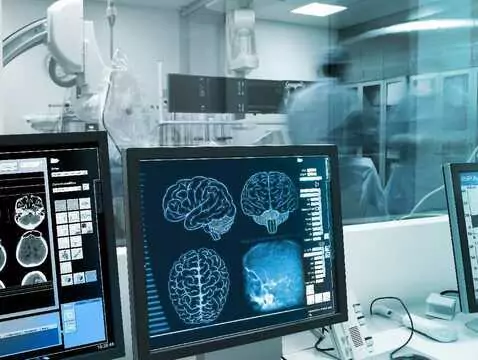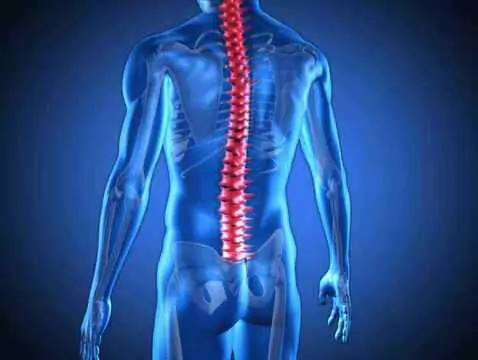Treatment of rheumatoid arthritis (RA) focuses, among other things, on blocking the action of certain substances that are associated with autoimmune reactions, such as tumour necrosis factor (TNF), among others. However, it turns out that it is not only the use of drugs, but also completely different treatment methods that can reduce the levels of these molecules in patients' bodies - at the Annual European Congress of Rheumatologymeeting , itwas mentioned what role vagus nerve stimulation can play in the treatment of RA.
Ad:









